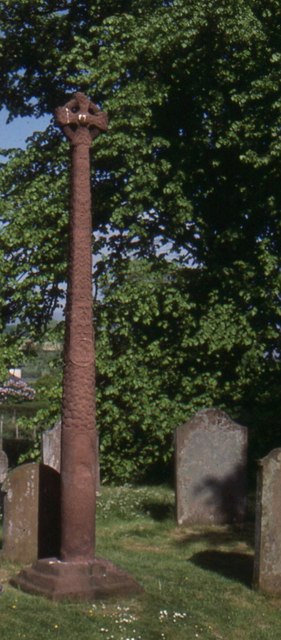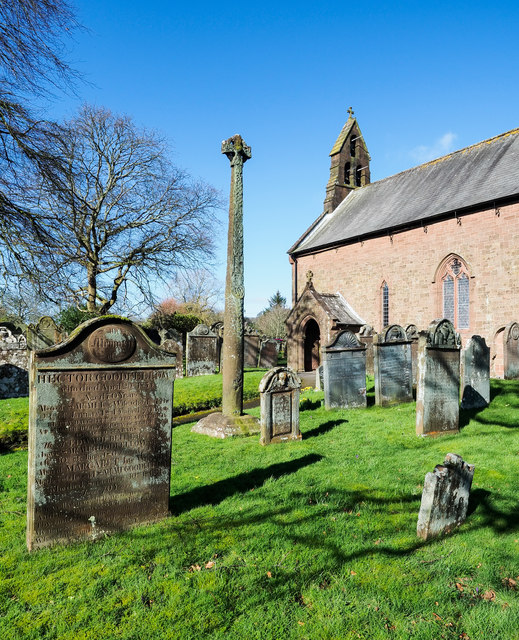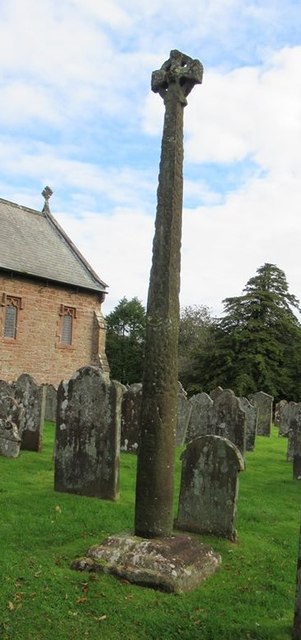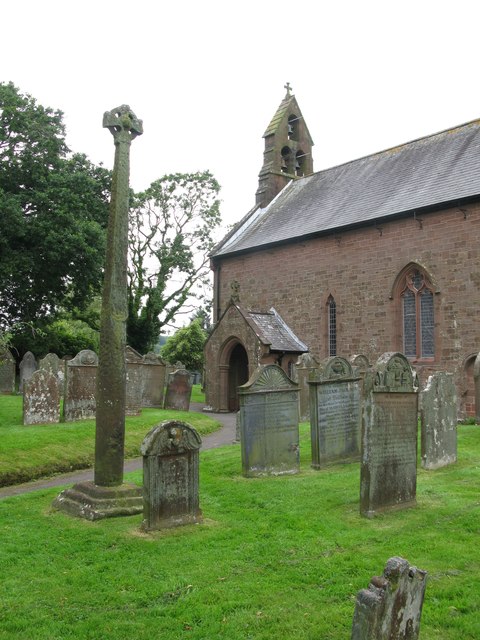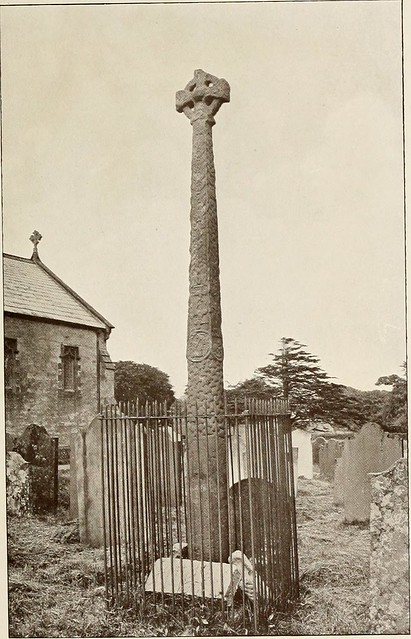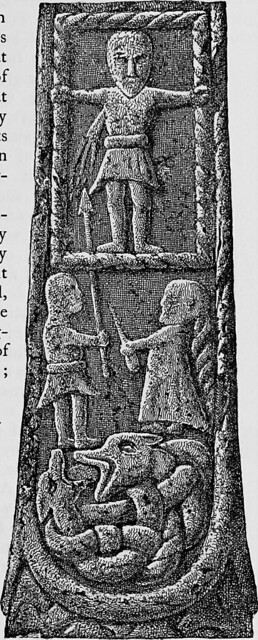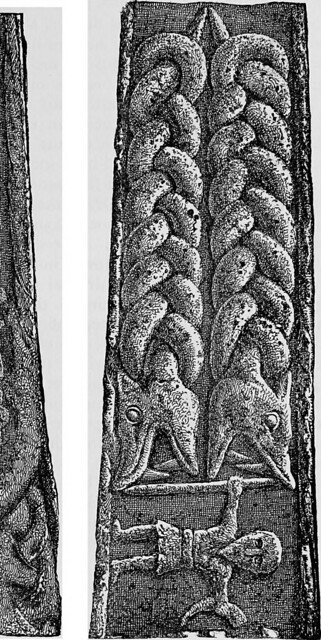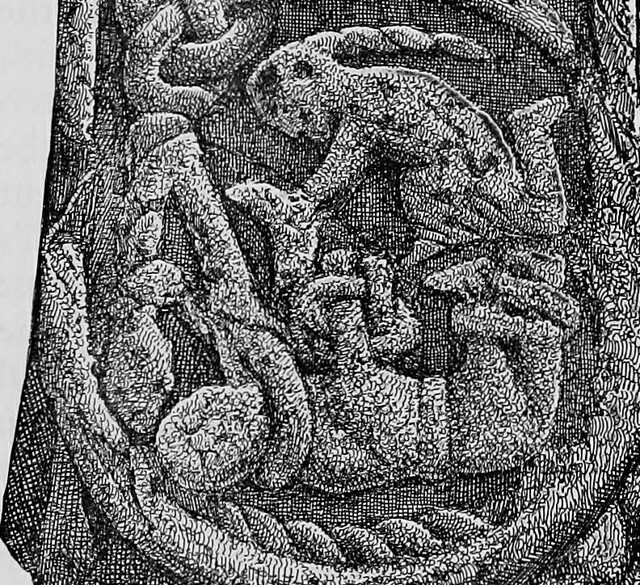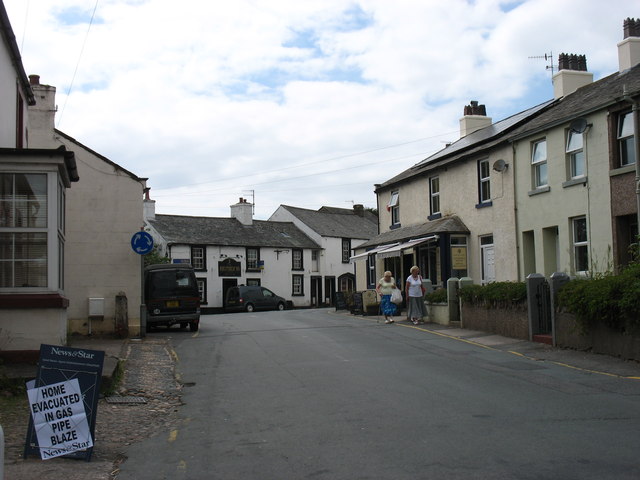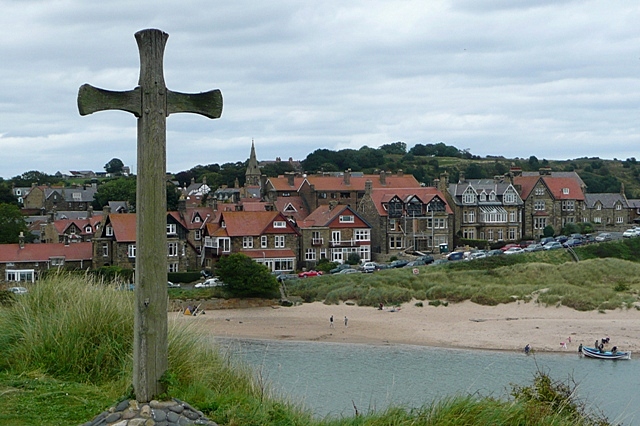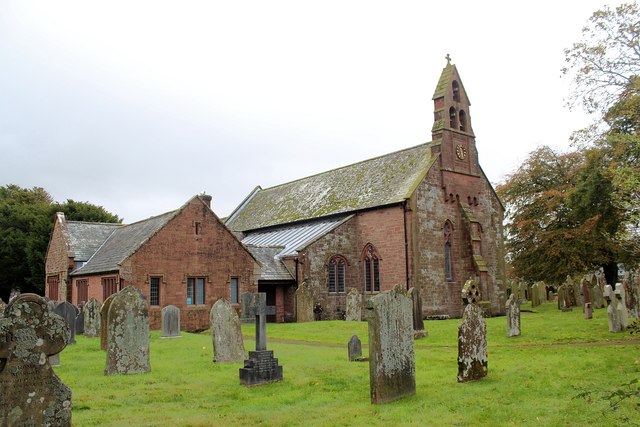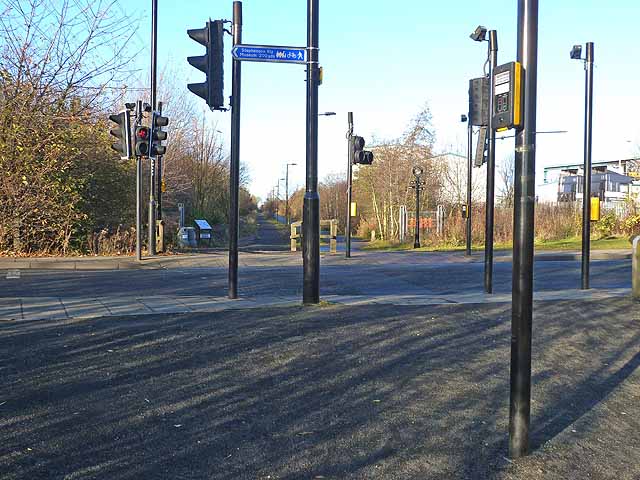Topics > Gosforth > The Gosforth Cross
The Gosforth Cross
The Gosforth Cross is a 10th century high cross standing in the churchyard of St Mary's Church in Gosforth, Cumbria. The carvings on the cross show the integration of Viking myth and Christian beliefs. The 4.4m tall cross is a Scheduled Monument.
"The high cross in St Mary's churchyard, Gosforth, is a unique monument standing alone amongst English Viking age crosses, not only in its size and complete survival, but also in the quality of its carving and its artistic inventiveness. Its decoration includes scenes from Scandinavian mythology unparalleled in surviving contemporary art." (Historic England)
The Gosforth Cross is a large stone Anglo-Saxon cross, in St Mary's churchyard at Gosforth in the English county of Cumbria, dating to the first half of the 10th century AD. Formerly part of the kingdom of Northumbria, the area was settled by Scandinavians some time in either the 9th or 10th century. It has gained reputation for its combination of Christian symbols with Nordic symbols, being a tangible piece of evidence of the impact of the Christianization of Scandinavia.
Description
The Gosforth Cross has elaborate carvings which have been interpreted as representing characters and scenes from Norse mythology, similarly to how the Jelling stones depict Jesus with other Norse mythological characters. Its design modeled after the cross design that originated during the Christianization of Ireland. The Gosforth Cross was first identified in 1886 by the amateur antiquarian Charles Arundel Parker in his book The Ancient Crosses at Gosford and Cumberland. He demonstrated that the cross showed scenes described in the Poetic Edda. Those include images identified as:
It is currently debated amongst scholars whether the sources were added to the Cross out of reverence for Viking beliefs and still clinging to their own identity or as a way to parallel Norse mythology (ie Ragnarok, the death of Baldr) with Christian beliefs (ie the Apocalypse, the crucifixion of Christ). Among the parallels is Loki being bound is allegorical for Satan being bound, the death of Baldr accompanied by Hod and Nanna interchangeable with Christ's death as witnessed by Longinius and Mary Magdalene, and the battle Odin has with Surtr similar to how Christ ultimately conquers the Devil.
Another is how the base of the cross has a tree like design, looking like bark. This is a possible parallel between Yggsdrasil and the Tree of Life, both featured heavily in their respective mythologies.
The cross also has Christian symbolism, including a depiction of the crucifixion of Christ. The combination of Christian and Norse pagan symbolism on the cross may be evidence of the use of pagan stories to illustrate Christian teachings. Christ here is depicted as a deity of power, hence why he is absent on the cross on the tip. He was popularly interpreted as a deity of power amongst Viking culture.
The cross is tall and made out of red sandstone. It is estimated to date from 920-950 and is still in fairly good condition. Its design shows a strong Anglo-Saxon influence and suggests that the carvers were heavily influenced by Anglo-Saxon stone carving. The importance of the Gosforth Cross (as well as the Irton Cross) caused the Victoria and Albert Museum to have replicas made in 1882, which are on display in the Cast Hall at the museum. In 1887, the Rev. William Slater Calverley commissioned a replica life-sized copy of this cross and erected it in the churchyard at Aspatria, Cumbria.
The church also has important hogback tombs, and what appears to be a fragment of another cross, showing the god Thor fishing.
Galleries
The following images depict the 10th-century Gosforth Cross and related artefacts at St Mary's church. The images were published by Finnur Jónsson in Goðafræði Norðmanna og Íslendinga eftir Heimildum in 1913, and the identifications of the figures are those suggested by Jónsson in 1913.
Visit the page: Gosforth Cross for references and further details. You can contribute to this article on Wikipedia.
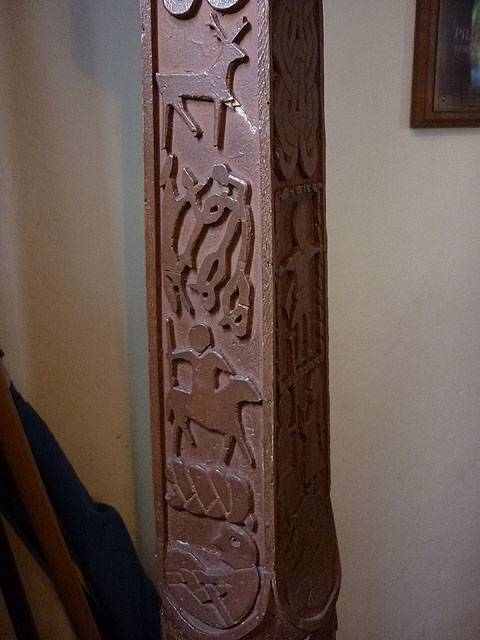
from Geograph (geograph)
Wooden copy of Viking cross, St Mary's Church, Gosforth
Pinned by Edmund Anon

from https://historicengland.org.u…
High cross in St Mary's churchyard - Gosforth, Cumbria - List Entry
- "...The monument includes an early tenth century Anglo-Scandinavian high cross located in the churchyard to the south of St Mary's Church, Gosforth. It is constructed of red sandstone with a …
Added by
Edmund Anon


from Geograph (geograph)
Wooden copy of Viking cross, St Mary's Church, Gosforth
Pinned by Edmund Anon

from https://historicengland.org.u…
High cross in St Mary's churchyard - Gosforth, Cumbria - List Entry
- "...The monument includes an early tenth century Anglo-Scandinavian high cross located in the churchyard to the south of St Mary's Church, Gosforth. It is constructed of red sandstone with a …
Added by
Edmund Anon
